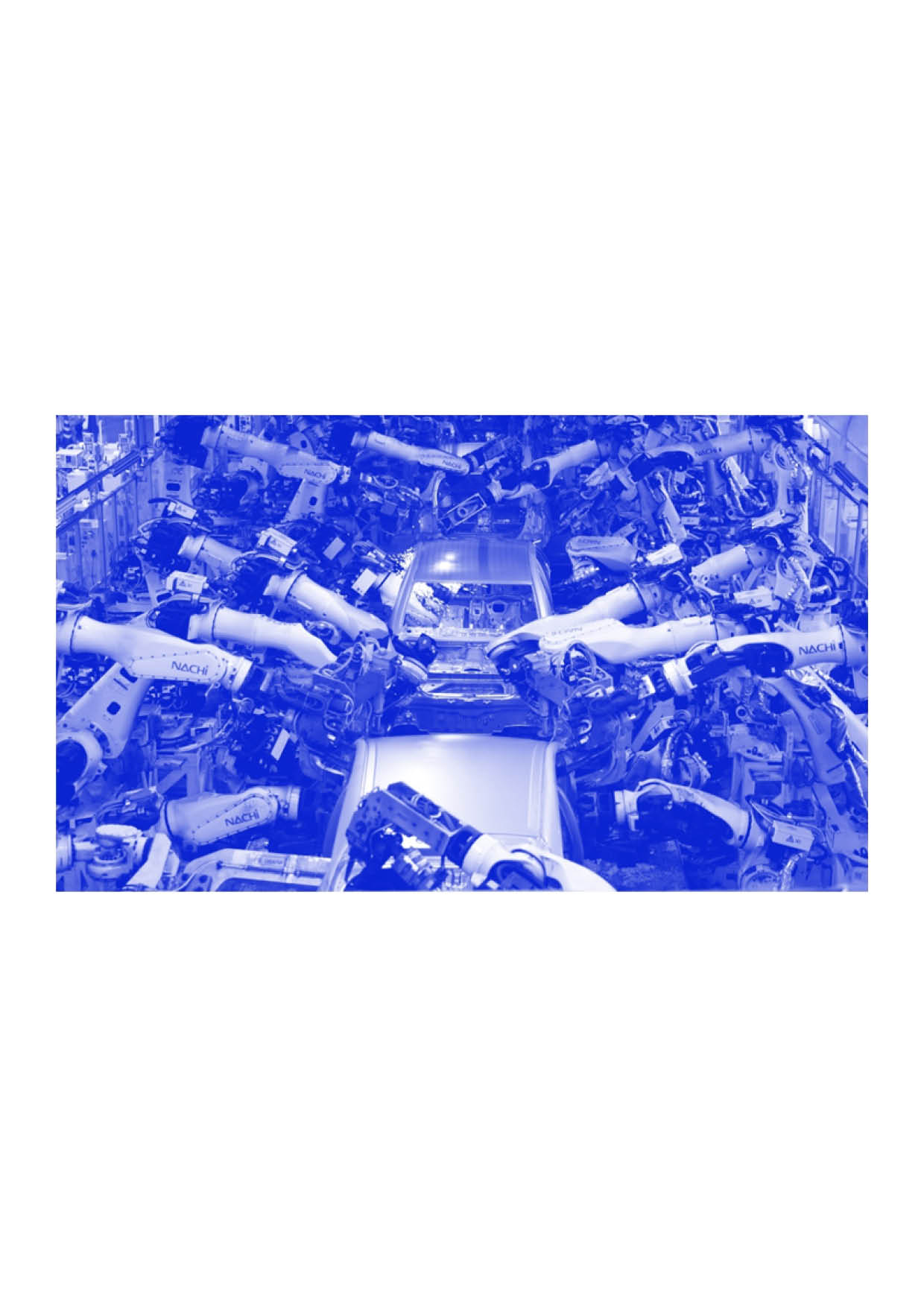
AC JAPAN
The French Publicis Groupe S.A. and Japanese Dentsu Inc. (株式会社電通 Kabushiki-gaisha Dentsū) are among the biggest multinational advertising corporations. Their market is divided in four main categories: National advertisement market (media projects), advertisement-related projects (marketing services), new market (sport events advertisement) and foreign market (all three categories internationally).
Read more...
The French Publicis Groupe S.A. and Japanese Dentsu Inc. (株式会社電通 Kabushiki-gaisha Dentsū) are among the biggest multinational advertising corporations. Their market is divided in four main categories: National advertisement market (media projects), advertisement-related projects (marketing services), new market (sport events advertisement) and foreign market (all three categories internationally).
Read more...

CLEAN COAL
When it comes to Fuel, public opinion has been determinant in defining what is an environment friendly means of running our cities and what is not. What is a ‘Clean’ fuel and what are the ‘Dirty’ ones.
Read more...
When it comes to Fuel, public opinion has been determinant in defining what is an environment friendly means of running our cities and what is not. What is a ‘Clean’ fuel and what are the ‘Dirty’ ones.
Read more...

FAKE FOOD
Could you tell which one is real Sashimi down below? Fake foods, also called food model or food sample, is a model placed in the vitrines of the facade of a restaurant to display dishes provided inside.
Read more...
Could you tell which one is real Sashimi down below? Fake foods, also called food model or food sample, is a model placed in the vitrines of the facade of a restaurant to display dishes provided inside.
Read more...

“JOB-STEALING ROBOTS“
According to the IFR (International Federation of Robotics) Japan is the largest manufacturer of industrial robots worldwide, supplying 56 percent globally. Nonetheless it places fourth in the 2016 ranking with 303 robots installed per 10,000 employees in the manufacturing industry.
Read more...
According to the IFR (International Federation of Robotics) Japan is the largest manufacturer of industrial robots worldwide, supplying 56 percent globally. Nonetheless it places fourth in the 2016 ranking with 303 robots installed per 10,000 employees in the manufacturing industry.
Read more...

“MADE IN JAPAN FRANCE”
Through a quartet of seemingly simple rules, the Fédération de la Haute Couture et de la Mode has been safeguarding the official haute couture designation since 1945. Overseen by France’s Ministry of Industry, fashion’s most exclusive sector thus is legally bound to Paris’ territory.
Read more...
Through a quartet of seemingly simple rules, the Fédération de la Haute Couture et de la Mode has been safeguarding the official haute couture designation since 1945. Overseen by France’s Ministry of Industry, fashion’s most exclusive sector thus is legally bound to Paris’ territory.
Read more...